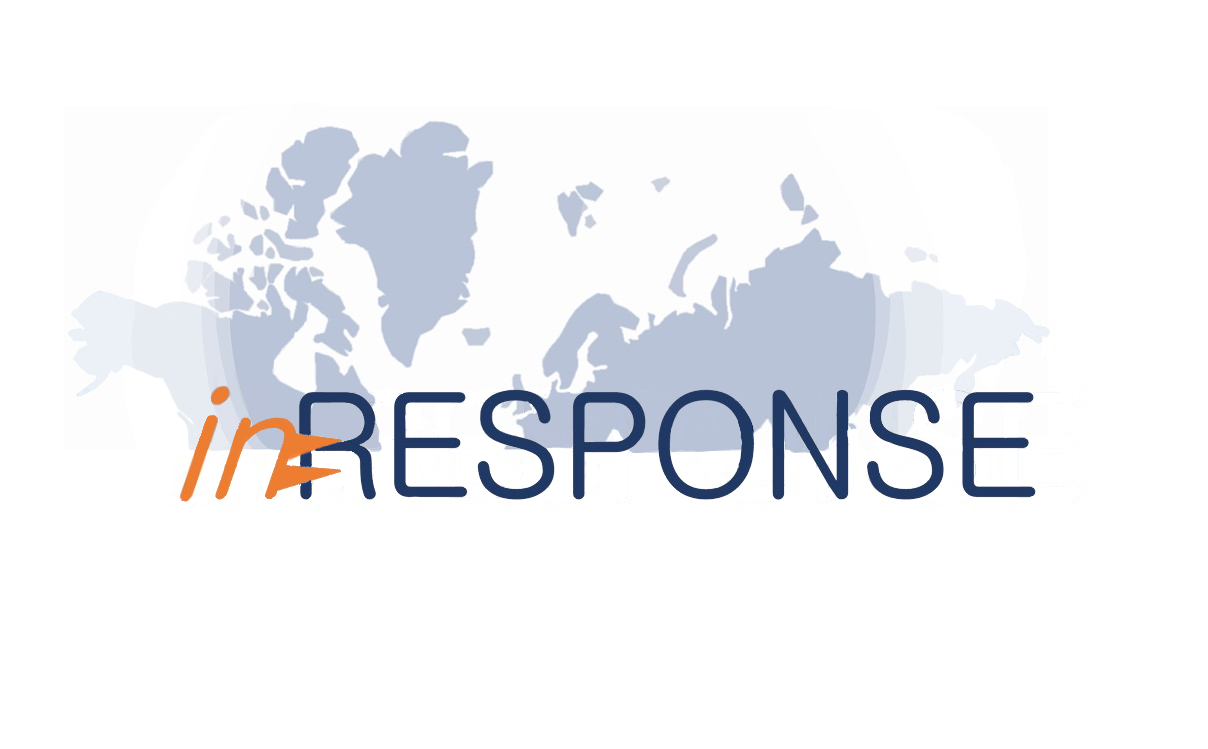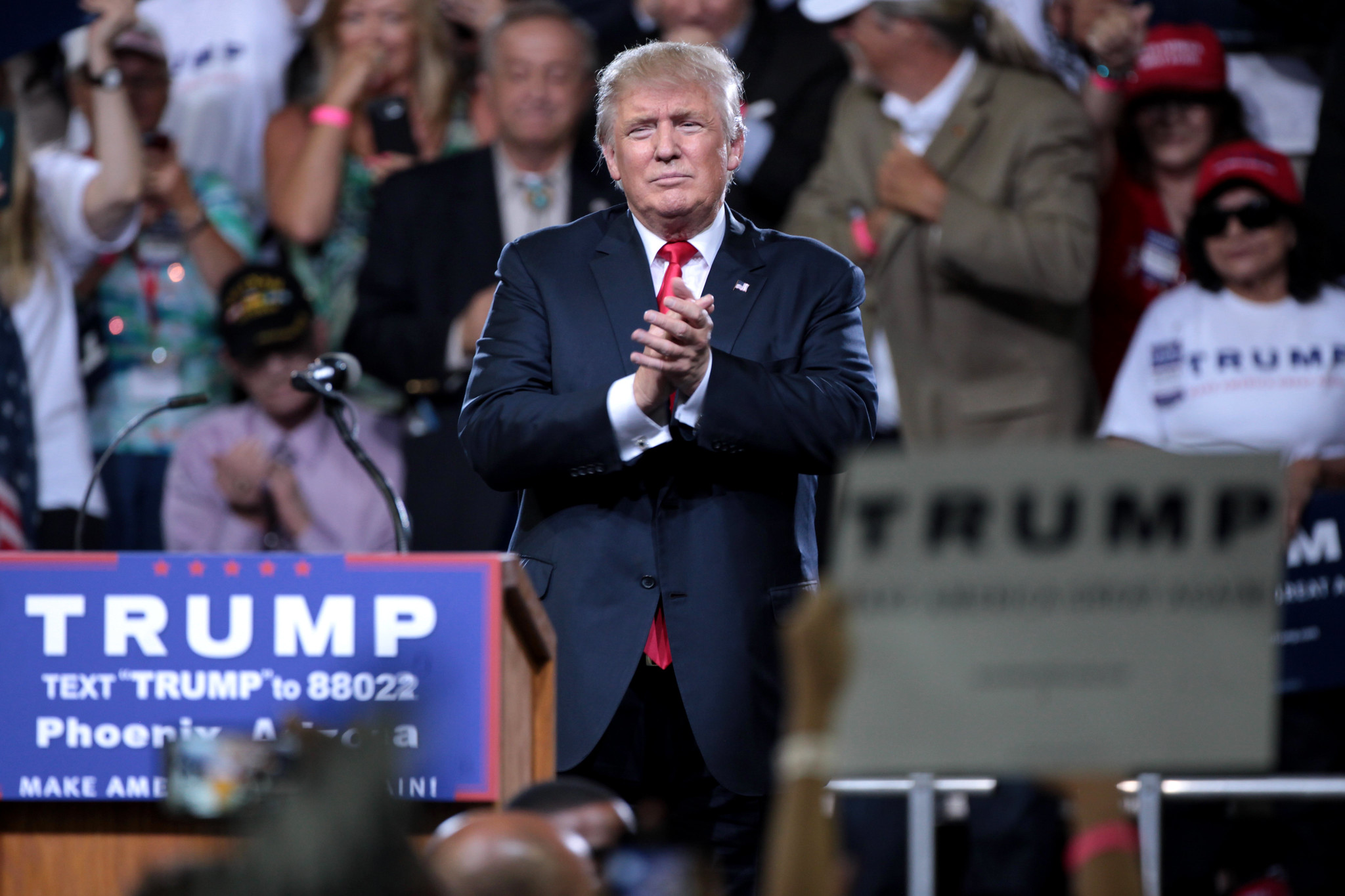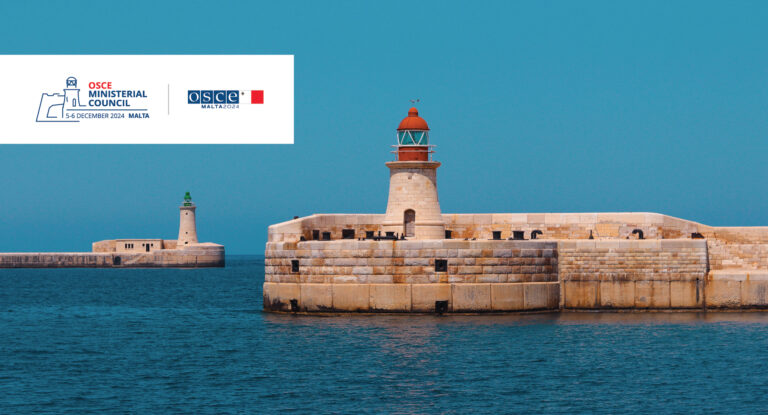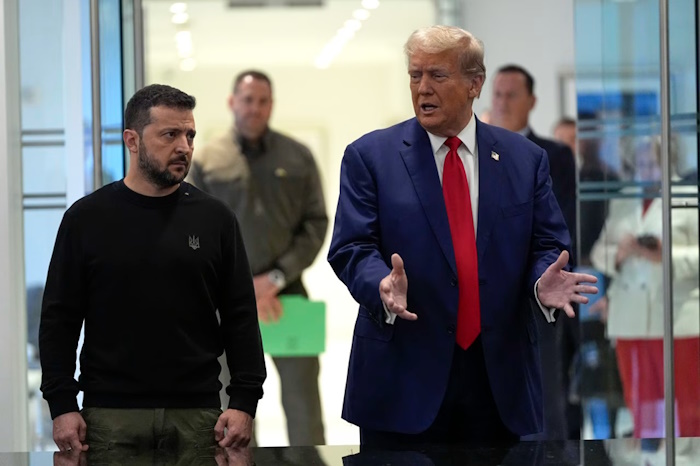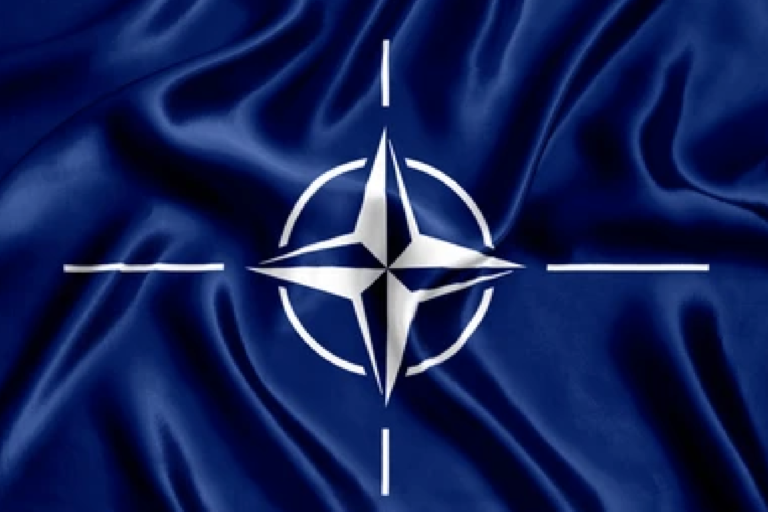What ‘deal’ for Europe? How the return of Donald Trump to the White House may affect transatlantic relations.
by Dr Elisabeth Johansson-Nogués, inRESPONSE Principal Investigator

The return of Donald Trump to the White House, after his clear victory in the 2024 United States presidential election, has caused some trepidation in various European capitals. The strident campaign rhetoric by the President-elect gives an indication that Trump is set on picking up right where he left off when leaving office in 2020, in terms of his abrasive diplomatic style in dealing with Europe and its institutions. The Europeans are thus brazing for Trump 2.0 and speculating on what ‘deal’ the transactional US President has in mind for Europe once he comes into office in January 2025.
In his first mandate Donald Trump professed his preference for striking deals with different countries and their leaders in a manner which was conducive to his ‘America-first’ ethos. To no surprise then, during the campaign trail ahead of the 2024 elections, Trump proclaimed that he would settle the Ukraine war in “one day” through direct negotiation with the parties. Trump’s team has confirmed that ending the Ukraine war is the President-elect’s top priority upon coming into office. Trump seems especially eager to cut back on the US assistance to Ukraine. The Biden administration has sent more than $44 billion in military assistance to Ukraine since February 2022. Both facts have Ukrainian President Volodymyr Zelenskyy, as well as most EU countries, concerned. The Ukrainian President fears that Trump’s peace plan would surely amount to a “loss” for Kyiv and without the US military assistance it is difficult to know how long the country would be able to resist Russian troop advances. The US President has also made clear that any peace plan will not involve US peacekeepers or US funds for its financing; rather, he stated “[g]et the Poles, Germans, British and French to do it”.
Donald Trump is also allegedly looking to strike a new deal with EU countries. He did not get along well with the EU and/or its principal interlocutors, like the Commission President Ursula von der Leyen, in the 2016-2020 term. The Trump administration imposed tariffs on steel and aluminium produced in the EU and downgraded diplomatic relations with the bloc, at the same time as it singled out certain EU member states for preferential treatment. Experts believe that there is little prospect that things this time will be better. During the 2024 election campaign Trump vowed to impose trade tariffs on European-made goods, ranging from 10-20 percent, to boost domestic production and US exports. The President-elect stated that “They don’t take our cars. They don’t take our farm products. They sell millions and millions of cars in the United States. No, no, no, they are going to have to pay a big price.” While the cost of the tariffs in reality are borne by the US consumer, the proposed tariff could still potentially affect EU exports negatively in the form of trade diversion. The European Union is a net exporter of goods to the US, and had a positive goods balance of about €158 billion in 2023. The EU member states are likely to be unevenly hit, depending on their trade exposure. The proposed US tariff may have an especially negative effect for countries like Germany, Italy, and Ireland. Trump’s proposed tariffs thus could potentially unleash global trade friction, if not outright war. One study from the London School of Economic and Political Science, however, points to the fact that such trade tariffs are likely to hurt the US economy the most. Estimates suggest that the proposed tariffs could reduce gross domestic product in the United States by -0.64% while the European Union would face a more modest reduction of -0.11%.
Another new potential US deal for Europe is the incoming US administration’s posture on the security and defense on the continent. Trump has repeatedly criticized the North Atlantic Treaty Alliance (NATO) and contemplated withdrawing the United States from the Alliance in his previous mandate. Such rhetoric could now return in his 2025-2029 mandate. Moreover, even more alarming for its transatlantic allies, during the 2024 election campaign, Trump said he would “encourage” Russia to launch attacks on any NATO countries he deemed to be falling short in their financial commitments to the alliance. Trump’s reference is interpreted to refer to the Alliance’s commitment to two percent national defense expenditure. However, while indeed not all NATO allies have lived up to the 2 percent expenditure, all NATO allies have paid their full dues to maintain the organization. Experts, such as prominent journalist and historian Anne Applebaum, are thus concerned that “Trump still doesn’t understand how NATO works,” nor what long-term value the Alliance might have for the US in terms of politico-military coordination on many issues even beyond the European continent.
Trump’s return to the White House in 2025 thus raises many questions in terms of what deals the transactionally-predisposed Donald Trump will strike with Europe. If the pledges made during the election campaigns are carried out, we are likely to see more frosty and distant relations between the two sides of the Atlantic on many levels. However, as it was difficult to make predictions of what Donald Trumps might say or do in his first mandate, Europeans will still have to wait and see what US policy eventually materializes in his second.
Picture source: Flickr -Gage Skidmore, CC.
The views, thoughts, and opinions expressed in the blog posts belong solely to the authors, and are not necessarily representative of the Institut Barcelona d’Estudis Internacionals (IBEI) nor the Spanish Ministry of Science and Innovation. The content provided through our blogs is for informational purposes only. Readers are encouraged to consider the context and research behind the viewpoints shared within each blog post.
